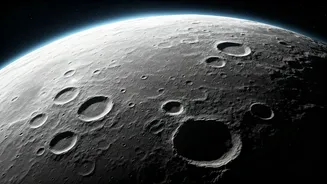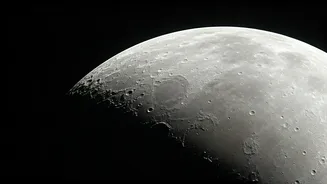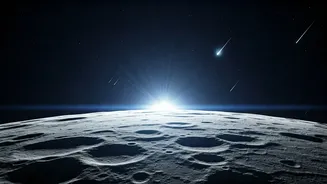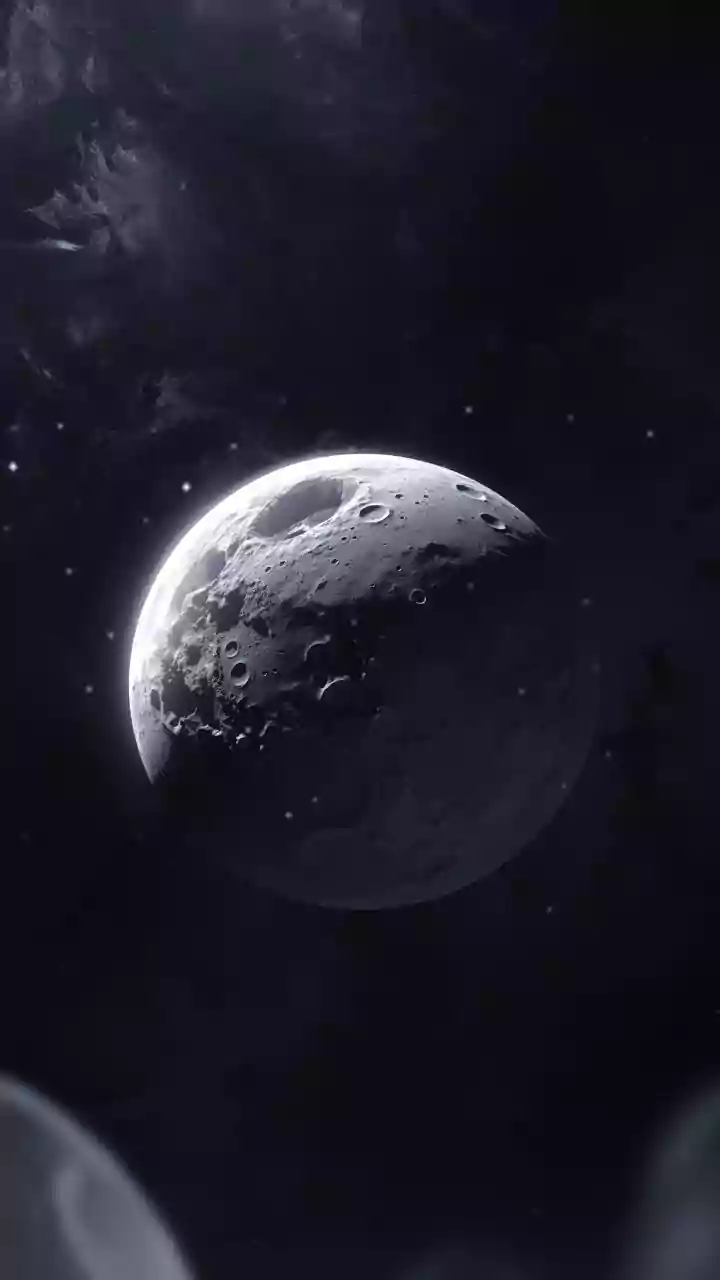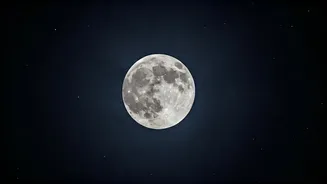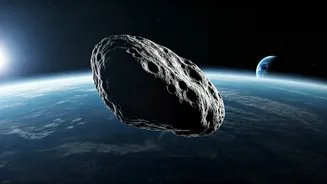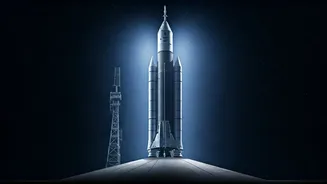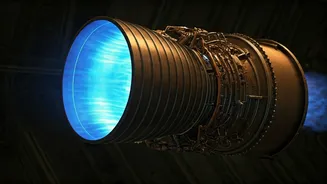TLPs: Lunar Wonders
Transient Lunar Phenomena (TLPs) are short-lived occurrences on the Moon's surface, like flashes, glows, and color changes. These phenomena have been observed
for centuries, challenging the conventional image of the Moon as a geologically inactive body. Initially, scientists considered that the Moon was a dormant sphere. However, these sporadic happenings indicate that the Moon is far more dynamic than previously considered. Though not fully understood, these transient events suggest ongoing geological processes. Their ephemeral nature and varied appearances make them fascinating subjects for lunar research. TLPs are typically seen as bright spots or areas that undergo shifts in color. Such occurrences are often associated with volcanic activity and gas venting, though their exact causes remain complex and subject to scientific inquiry. The study of these unusual events gives scientists clues about the lunar interior. It also presents possibilities for uncovering the moon's underlying structure.
Decoding Lunar Dynamics
The interpretation of TLPs as an indication of lunar activity has caused a major shift in how the Moon is perceived. These events, which appear to defy the moon's supposed quiescence, suggest the possibility of ongoing geological processes. Scientists believe that these phenomena are connected to the movement of internal materials, maybe even including volcanic activity. The existence of TLPs implies that the Moon’s interior is more complex and less stable than previously believed, and that it may still be evolving in subtle but detectable ways. Observing and analyzing these events is crucial to understanding the Moon's complete history. It offers valuable insights into its structure and how it compares to other celestial bodies, such as our own planet. This active nature is particularly interesting to scientists. They aim to analyze its past and present geological functions.
Impact of TLPs
The detection of TLPs profoundly changed the way scientists view the Moon. It suggests that our understanding of lunar geology needs refinement, and that further investigation is warranted. These events have sparked renewed interest in the Moon's potential for volcanic and seismic activity. This prompts the search for evidence of subsurface features. Research into TLPs could reveal evidence of volatile substances such as water ice or gases hidden within lunar craters. The discovery of TLPs encourages a more dynamic view of the Moon. This could change the direction of future missions. Future missions and technologies can be directed to the study of these areas. This would offer a more thorough understanding of the Moon's composition, history, and internal processes.
